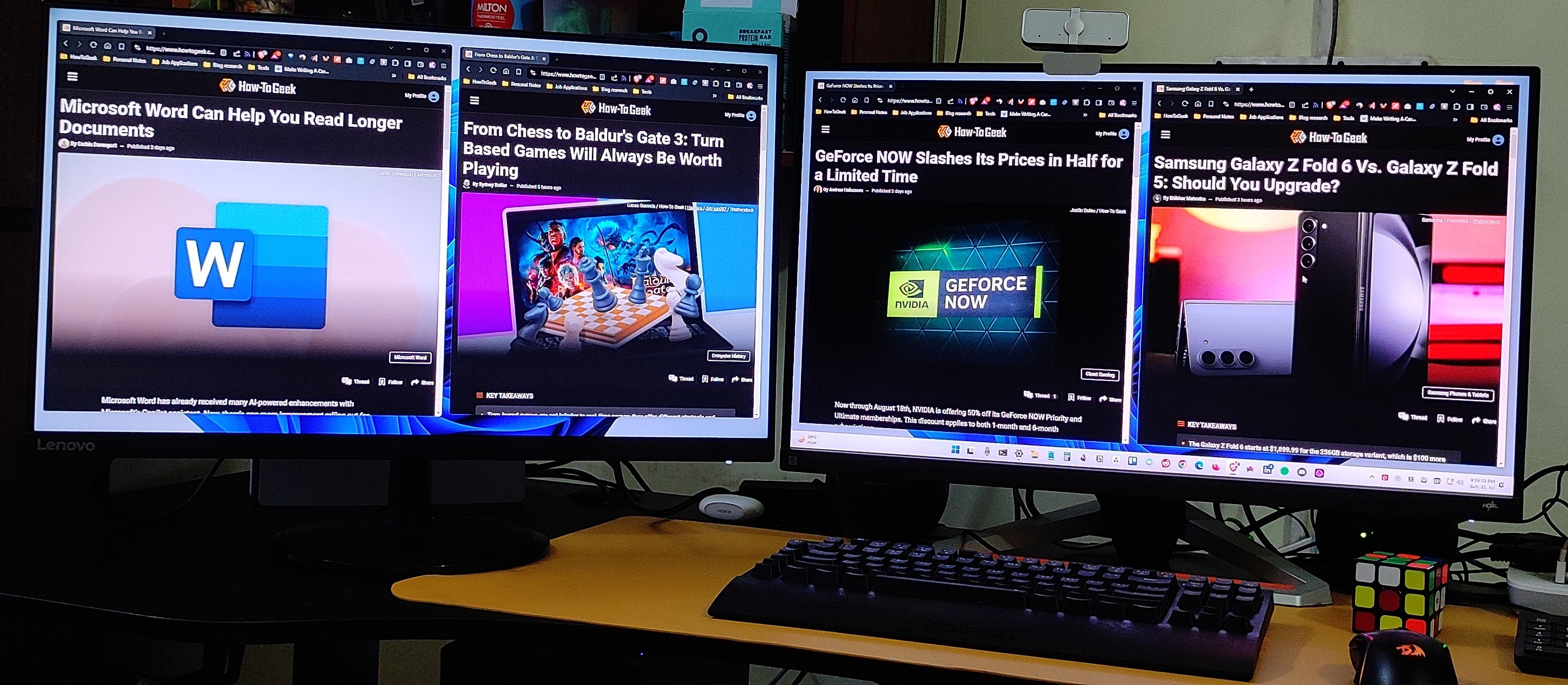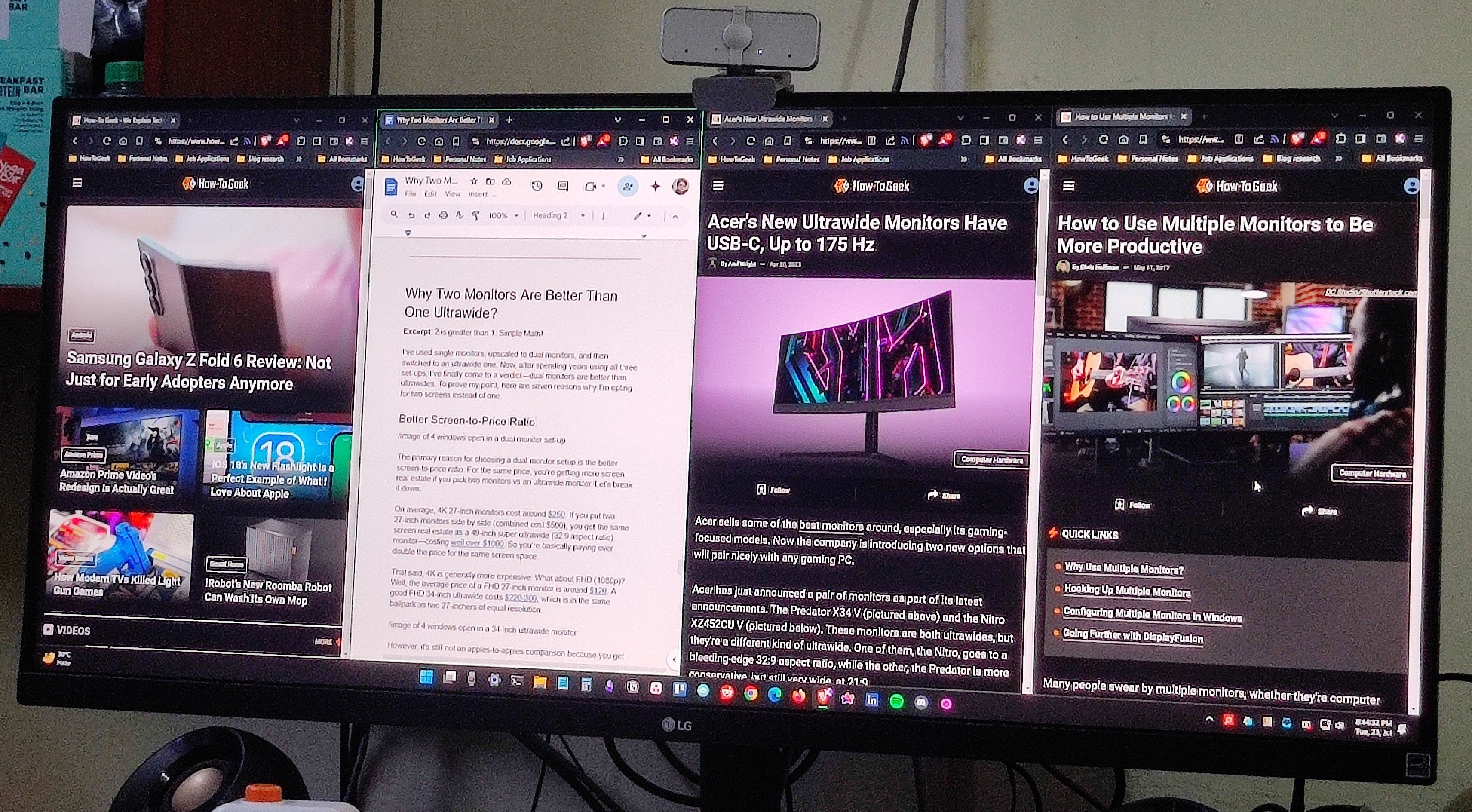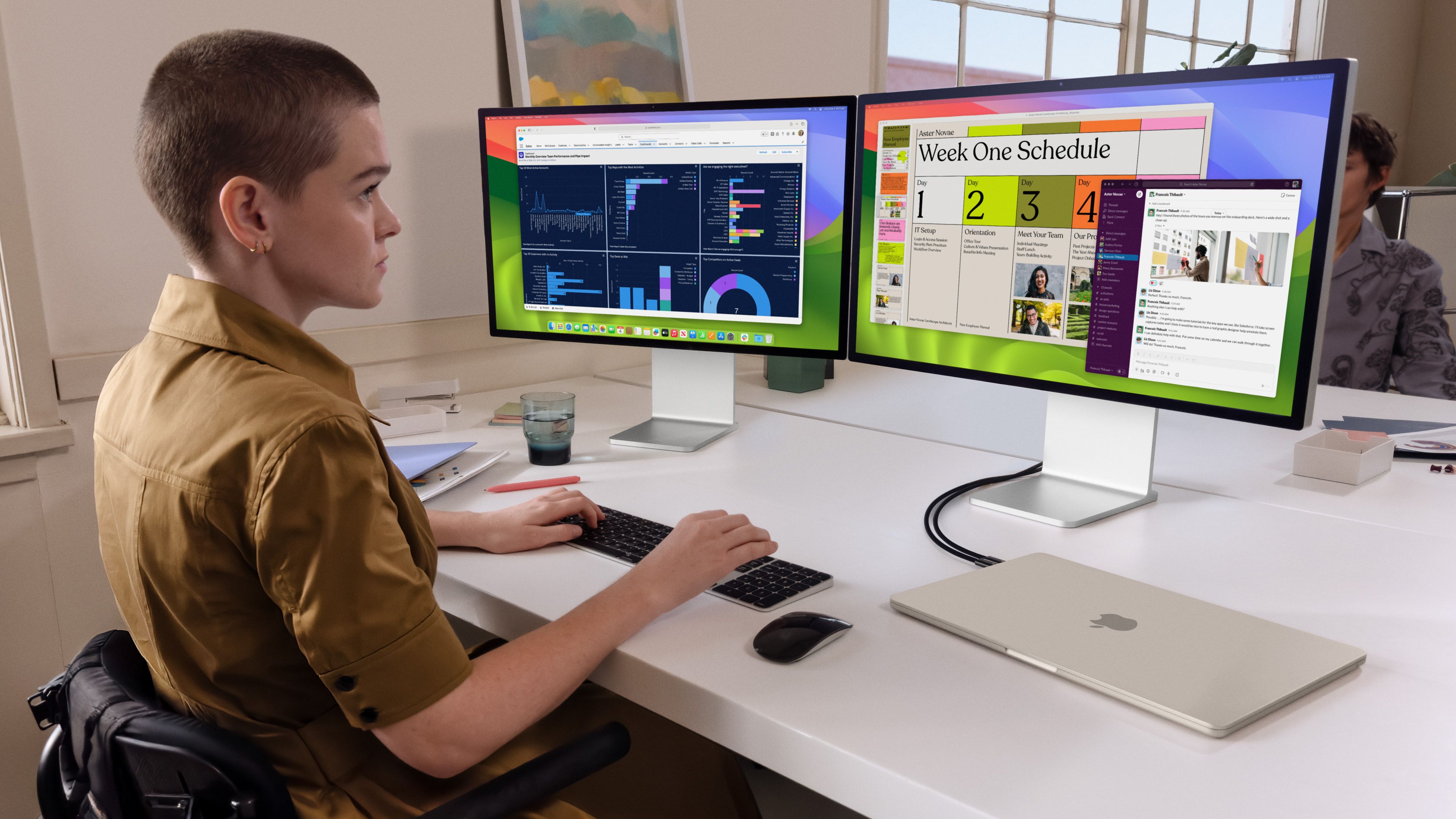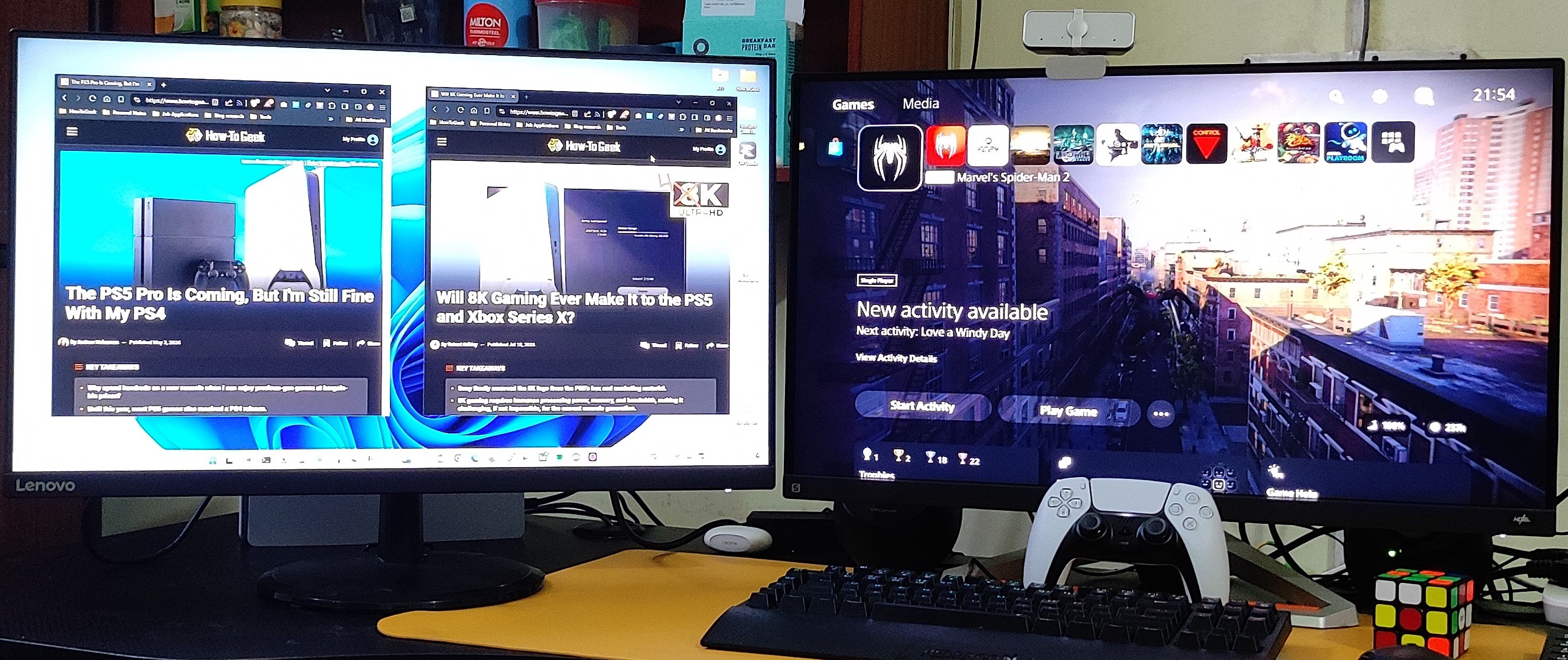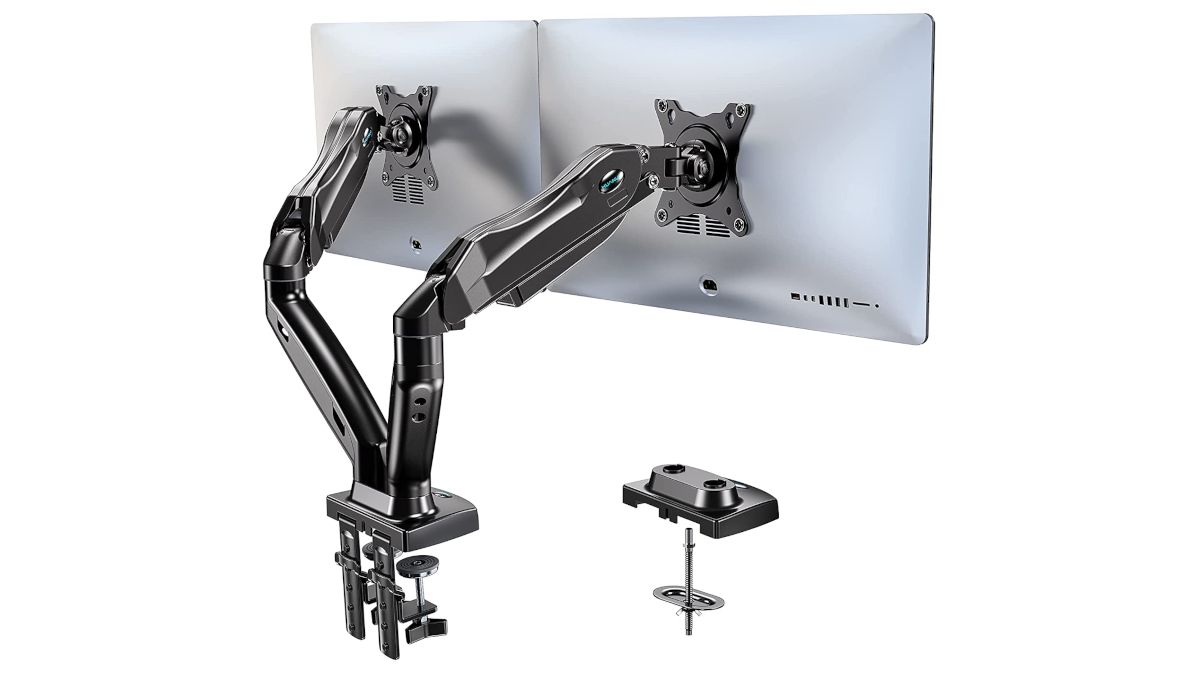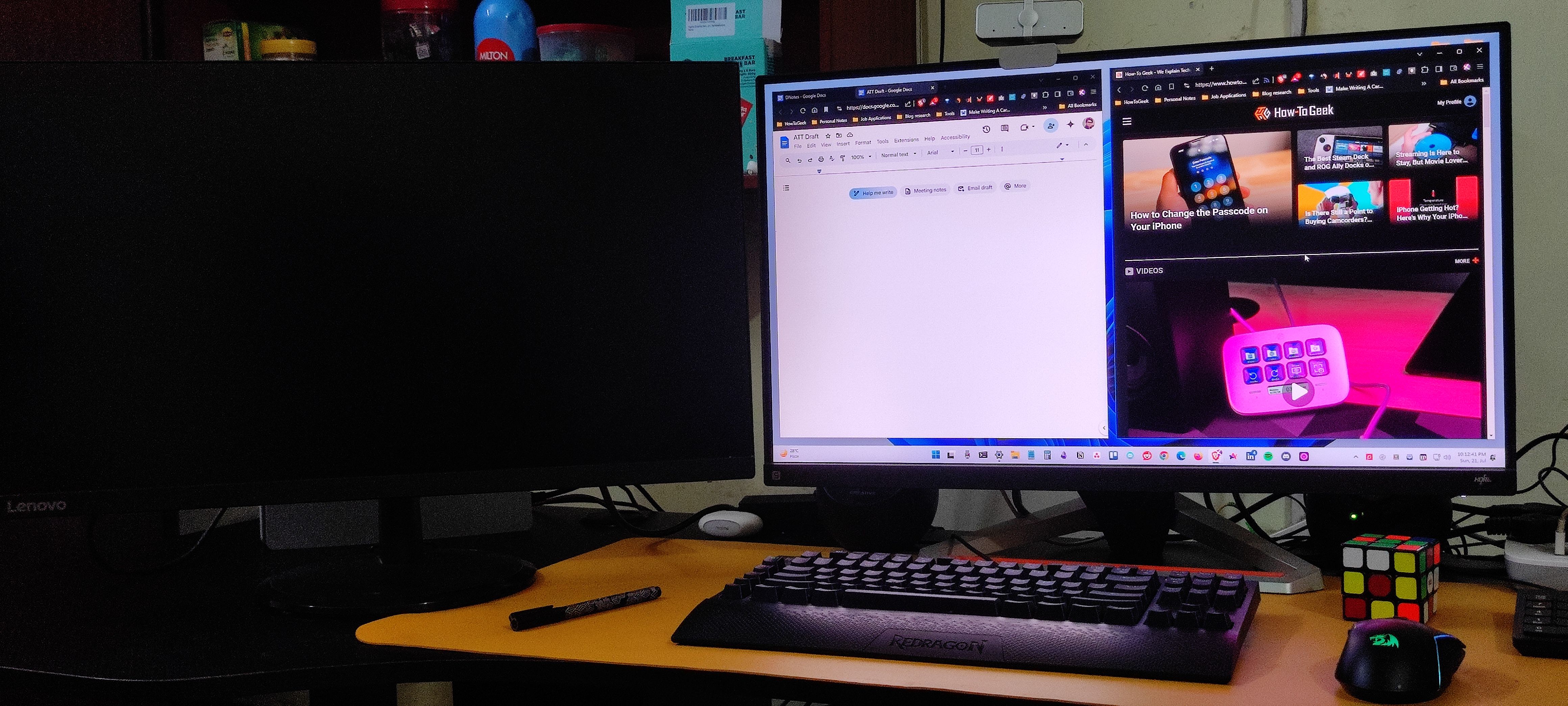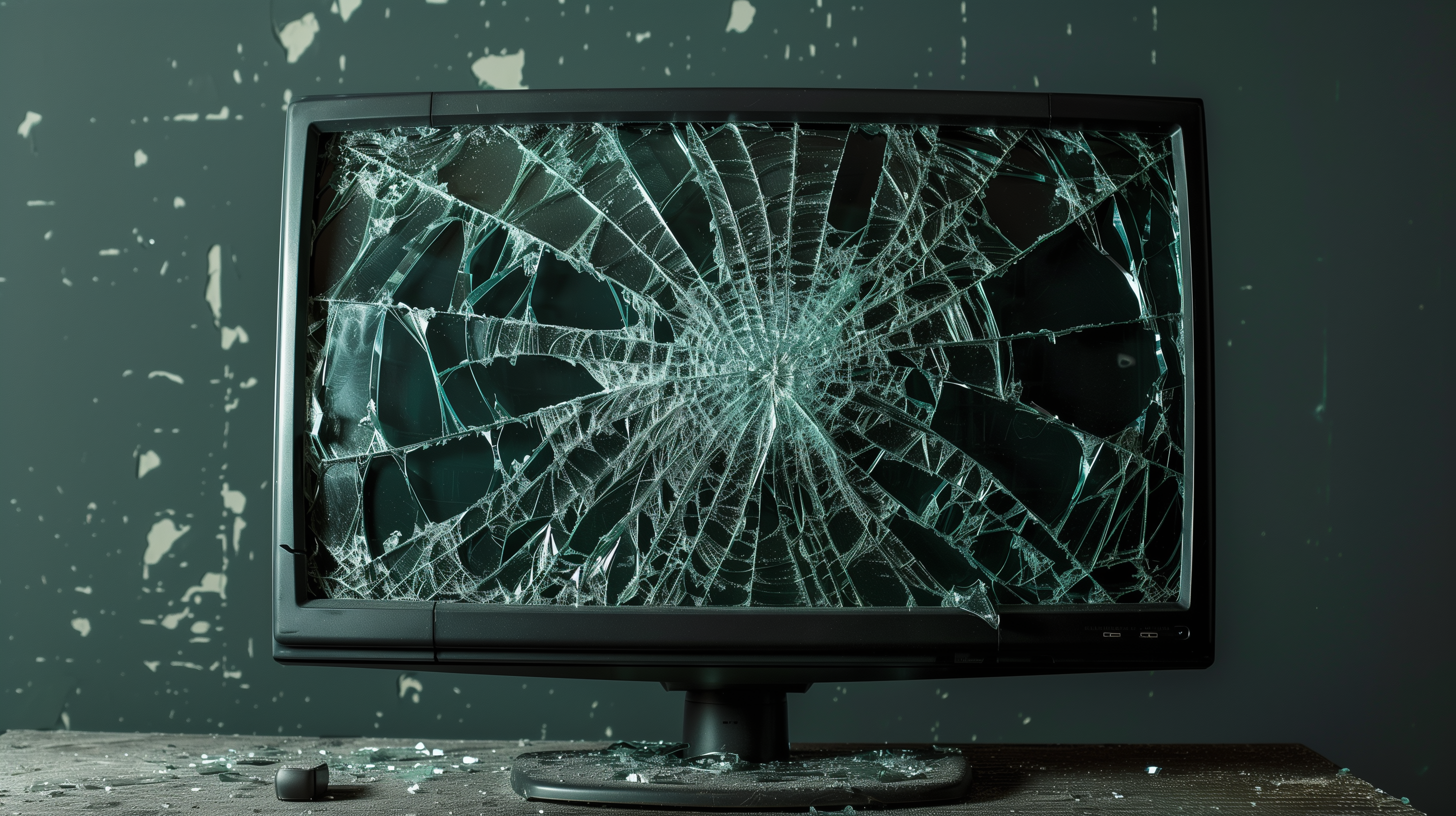Key Takeaways
- Dual monitors offer better screen-to-price ratio, providing more space at a lower cost compared to ultrawides.
- Flexible monitor orientation with dual monitors allows for versatile setups, including vertical and horizontal arrangements.
- Dual monitors provide enhanced screen sharing and power efficiency, along with built-in backup in case of monitor failure.
I’ve used single monitors, upgraded to dual monitors, and then switched to an ultrawide. Now, after spending years using all three setups, I’ve finally come to a verdict—dual monitors are better than ultrawides! To prove my point, here are seven reasons why I’m opting for two screens instead of one.
1 A Better Screen-to-Price Ratio
The primary reason for choosing a dual monitor setup is the better screen-to-price ratio. For the same price, you’re getting more screen real estate if you pick two monitors vs an ultrawide monitor. Let’s break it down:
On average, 4K 27-inch monitors cost around $250. If you put two 27-inch monitors side by side (combined cost $500), you get the same screen real estate as a 49-inch super ultrawide (32:9 aspect ratio) monitor—costing well over $1000. So you’re basically paying over double the price for the same screen space.
That said, 4K is generally more expensive. What about FHD (1080p)? Well, the average price of a FHD 27-inch monitor is around $120. A good FHD 34-inch ultrawide costs $220-300, which is in the same ballpark as two 27-inchers of equal resolution.
However, it’s still not an apples-to-apples comparison because you get less screen real estate with a 34-inch ultrawide compared to two 27-inch monitors. The ultrawide has just enough space to open three snapped windows side-by-side. Four windows feel a bit cramped—which dual monitors pull off comfortably.
2 Flexible Monitor Orientation
Ultrawide monitors come with a fixed orientation—either flat or curved. Dual monitors, on the other hand, offer unparalleled flexibility. You can position them at various angles. I personally prefer a 135-degree angle.
The game-changer, though, is when you add monitor arms. Once you get those, you’ve just unlocked even more flexibility. At the time of writing, I’m waiting for mine to arrive!
With monitor arms, you can have a monitor close to you and the other in the background. You can have one monitor positioned above the other. This is great if you’re working with limited horizontal space. You can work on the bottom monitor right in front of you and keep the one on the top to look into reference data from time to time.
I personally plan to have one monitor in portrait and the other in landscape. This setup is a productivity powerhouse, especially for applications that benefit from vertical space such as:
- File managers: See more files at once in portrait mode
- Spreadsheets: Great for seeing more rows
- Document reading: Perfect for PDFs and long-form content
- Chat applications: More conversations visible at once
- Coding: Seeing more lines of code
It’s definitely not a configuration for mainstream users, but the beauty of it is that you can set things up to work for you, as I plan to do here.
3 Multiple Output Sources
When you have two monitors, each screen can potentially display output from different devices. For example, all modern monitors have 2-3 HDMI inputs. You can pair the primary HDMI input of each monitor to your PC. But then you can have the secondary output of one of the monitors connected to your gaming console—like I have with my PS5. This allows you to game on one screen while viewing guides or chatting on the other.
Pro Tip: If you have limited HDMI inputs, you can use HDMI splitters. These devices allow you to connect a single HDMI port on your monitor with two or more input sources.
Now, to be fair, there are ultrawide monitors that allow you to split the screen and show the display from two different input sources. This feature is called Picture-By-Picture. My ultrawide doesn’t have this feature, so I don’t have first-hand experience using it.
4 Enhanced Screen Sharing
Dual monitors also prove their worth when it comes to screen sharing. Most screen-sharing apps recognize individual monitors as separate input sources. You can put everything you want to share on one display while doing your thing on the other.
There’s very little worry about slip-ups and accidentally sharing private information. You don’t need to keep an eye on a specific tab or window allocated to the screen-sharing app.
You have a dedicated screen or monitor, which allows for better management of what you share and what you don’t. This is not only a huge quality of life improvement for people who do a lot of screen sharing, but it also makes your presentations feel more professional and focused.
5 Affordable and Accessible Monitor Arms
Dual monitor arms are usually more affordable compared to ultrawide monitor arms. This is likely because ultrawide monitors are significantly heavier, requiring more robust (and consequently, more expensive) arms to support them. In contrast, dual monitor arms—a single base with two arms—are more affordable and widely available.
Also, you can’t cheap out on monitor arms you get for ultrawide monitors. As I said, they are heavy, and cheaper monitor arms will start to lose their strength and cause the monitor to sag as gravity does its work. My friend has a 49-inch super ultrawide connected to a monitor arm and faces a constant battle of adjusting and readjusting the height as the entire setup just sags and drops down after a few hours.
Of course, this is because he was using a cheap monitor arm, but that’s the point. You can potentially opt for a budget dual monitor arm for your 27-inch monitors and not worry about the displays sagging because they aren’t generally that heavy.
6 Power Efficiency
With an ultrawide, the entire screen consumes power all the time, even if you are essentially using a portion of it. However, on a dual monitor setup, you have the flexibility to use only what you need.
Sometimes, when you only need just one monitor, you can simply turn off the other one, saving power and reducing your electricity bill. This flexibility not only saves energy but also gives you more control over your workspace illumination, which can be particularly appreciated during late-night work sessions.
Moreover, some monitors have an “ECO” mode that reduces brightness and power consumption. With dual monitors, you could keep one in ECO mode for less demanding tasks, further increasing your energy savings.
7 Built-in Backup
Last but not the least, with a dual monitor setup, you always have a backup. With a single ultrawide monitor, if it fails, you’re left in the dark (or rather looking at the dark). But in a dual monitor setup, if one of them fails, you can continue working on the other monitor while you wait for a replacement or repair.
Granted, both monitors can fail simultaneously, but the chances of that happening are very low. Overall, having your setup function as its own backup can be a lifesaver when you’re facing tight deadlines or in the middle of an important project. It’s an extra layer of reliability that a single ultrawide setup simply can’t offer.
As you can see, dual monitor setups offer a plethora of benefits that cater to various workflows. It certainly meets my needs and requirements, but there are some trade-offs. The main drawback would be the bezels interrupting the screens.
If you’re heavily into media consumption or PC gaming, an ultrawide might provide a more seamless experience. Watching movies on an ultrawide can be fantastic, with no black bars on the top and bottom. For PC gaming, especially with titles that support ultrawide resolutions, the panoramic view can be truly impressive.

